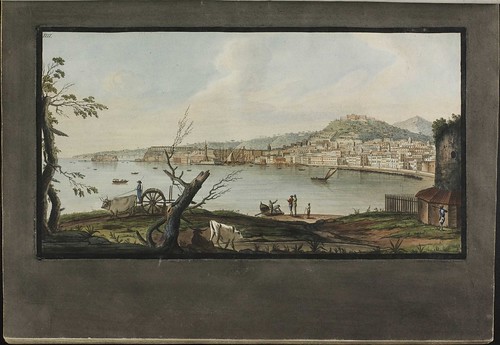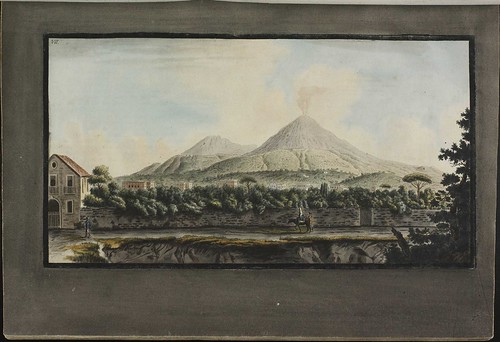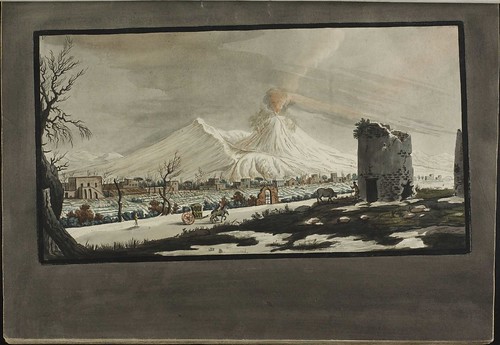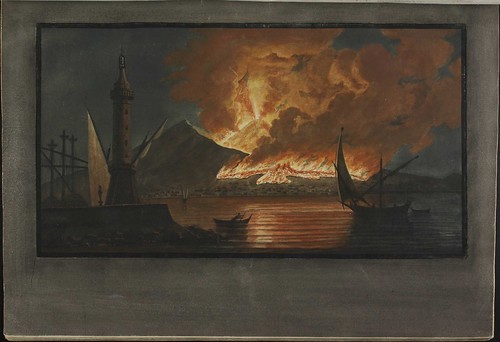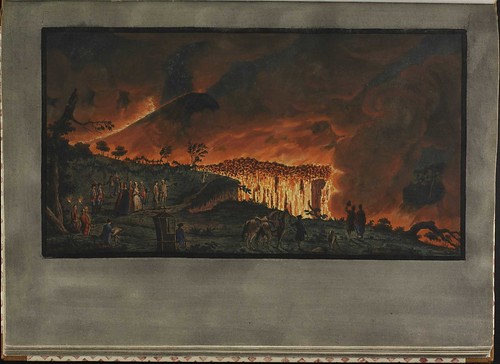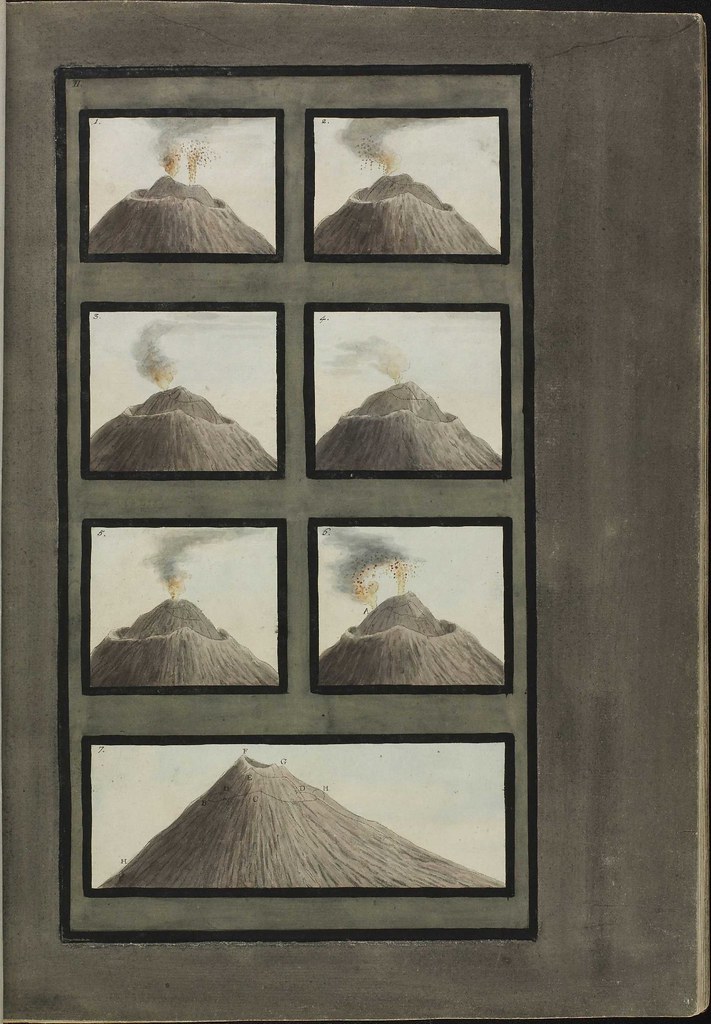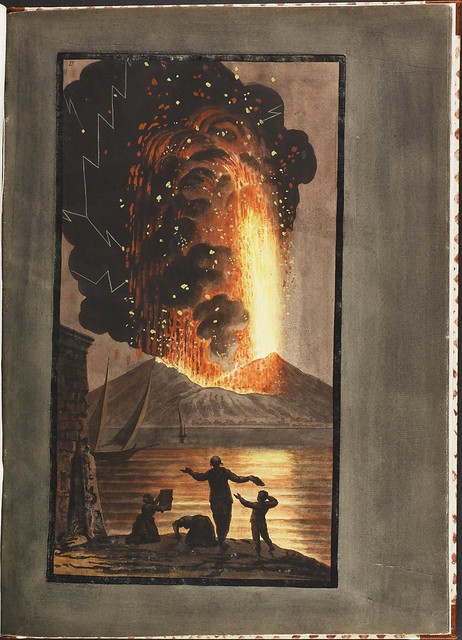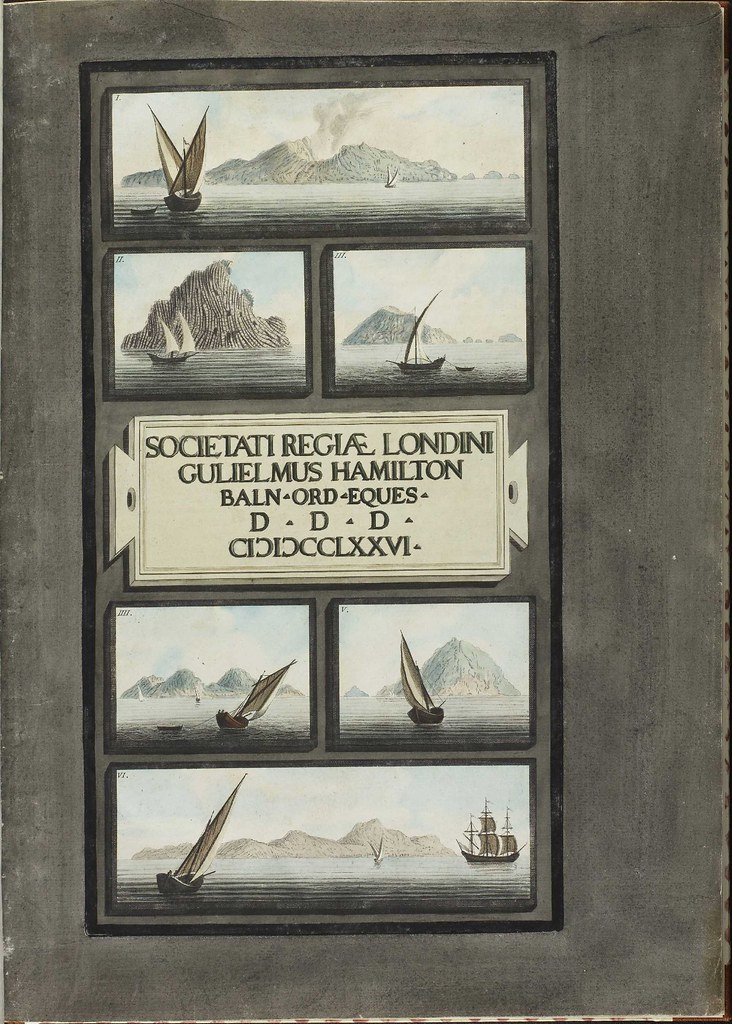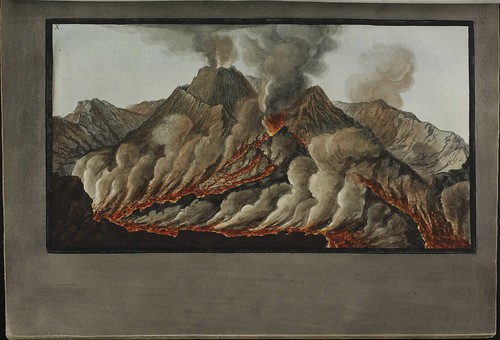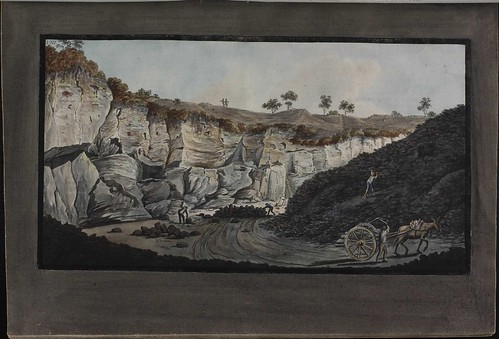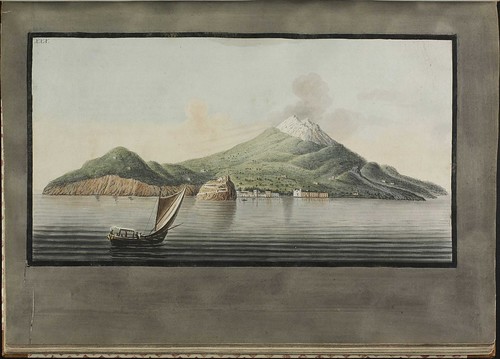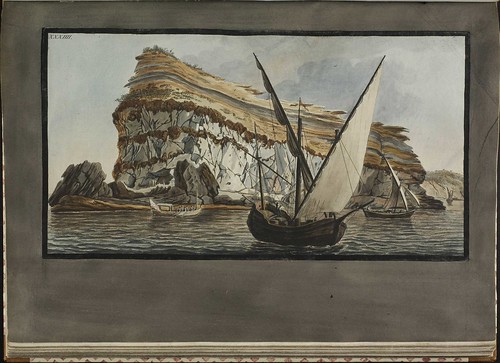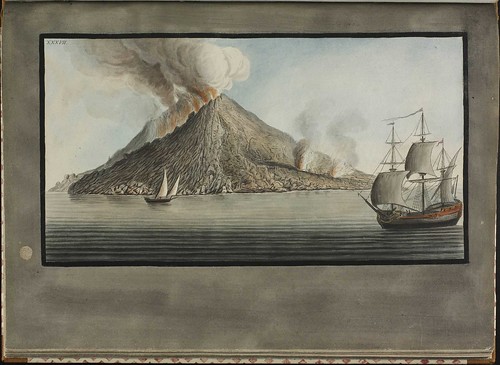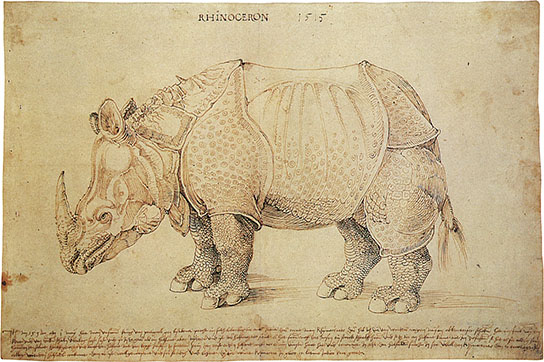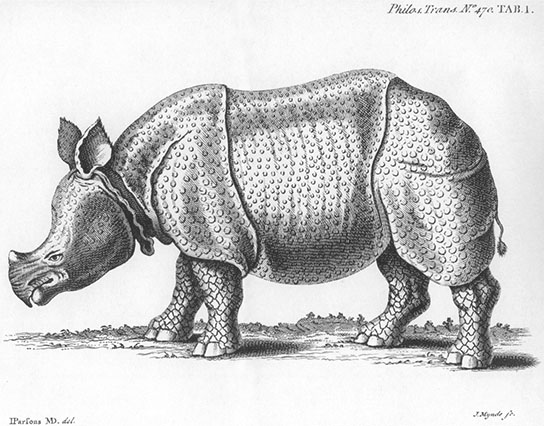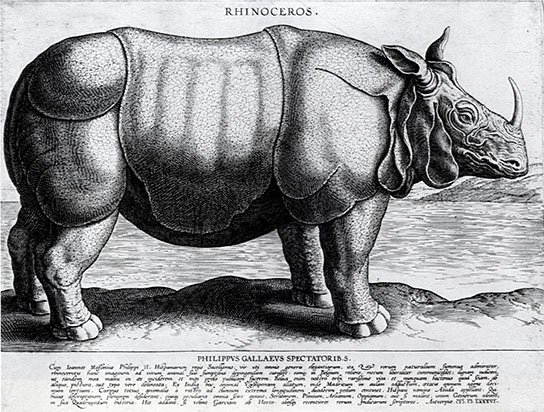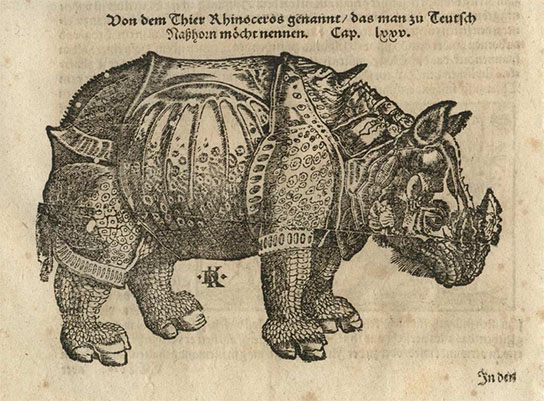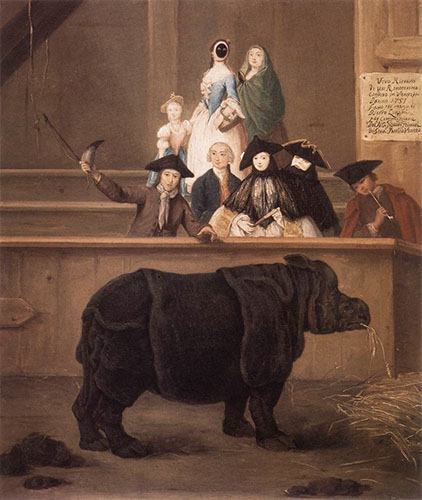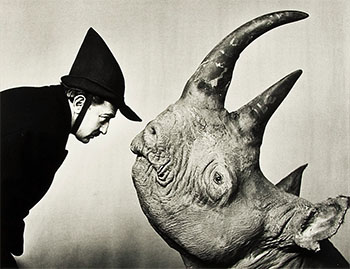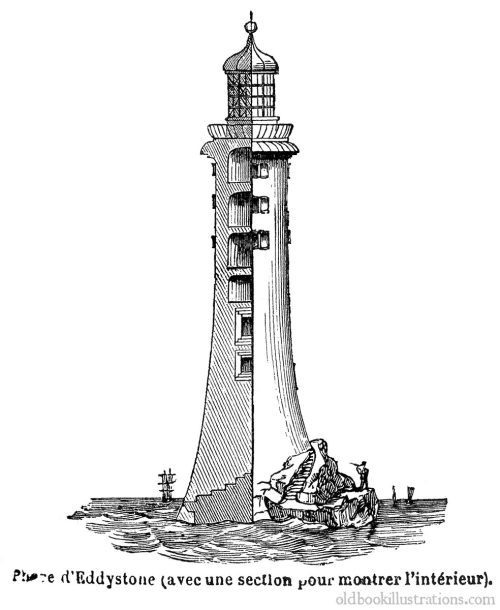
(And while I’m at it, another view of Eddystone.)
From the Trousset encyclopedia, Paris, 1886 - 1891.
(Source: Old Book Illustrations)
From the Trousset encyclopedia, Paris, 1886 - 1891.
(Source: Old Book Illustrations)

A floating beacon or buoy.
From The story of our lighthouses and lightships, by W. H. Davenport Adams, London, 1891.
(Source: archive.org)
From The story of our lighthouses and lightships, by W. H. Davenport Adams, London, 1891.
(Source: archive.org)
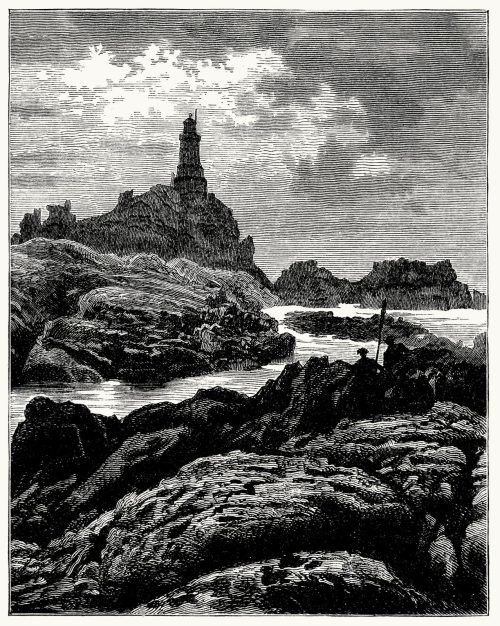
The Corbières lighthouse.
From The story of our lighthouses and lightships, by W. H. Davenport Adams, London, 1891.
(Source: archive.org)
From The story of our lighthouses and lightships, by W. H. Davenport Adams, London, 1891.
(Source: archive.org)
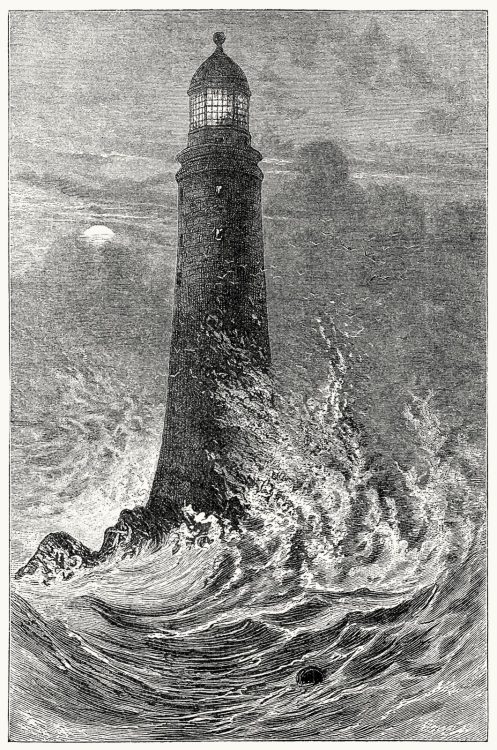
Smeaton’s lighthouse at the Eddystone.
From The story of our lighthouses and lightships, by W. H. Davenport Adams, London, 1891.
(Source: archive.org)
From The story of our lighthouses and lightships, by W. H. Davenport Adams, London, 1891.
(Source: archive.org)

Interior of the Corduan lighthouse.
From The story of our lighthouses and lightships, by W. H. Davenport Adams, London, 1891.
(Source: archive.org)
From The story of our lighthouses and lightships, by W. H. Davenport Adams, London, 1891.
(Source: archive.org)
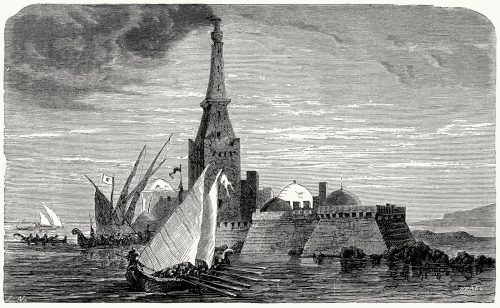
Ancient pharos of Alexandria.
From The story of our lighthouses and lightships, by W. H. Davenport Adams, London, 1891.
(Source: archive.org)
From The story of our lighthouses and lightships, by W. H. Davenport Adams, London, 1891.
(Source: archive.org)
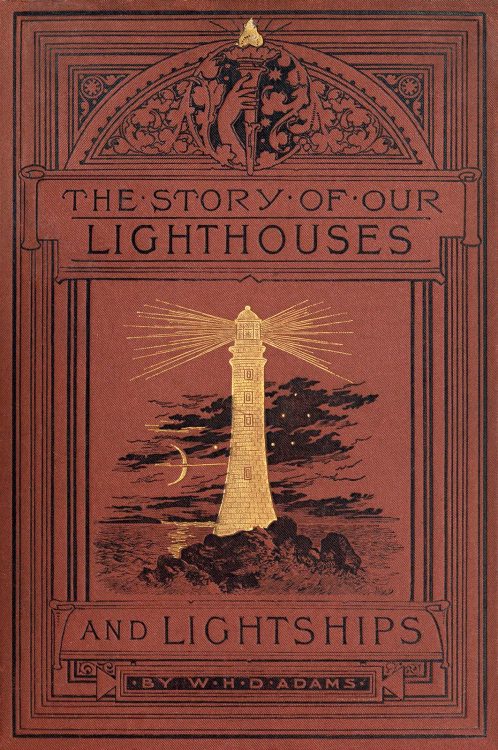
Front cover from The story of our lighthouses and lightships, by W. H. Davenport Adams, London, 1891.
(Source: archive.org)
(Source: archive.org)

